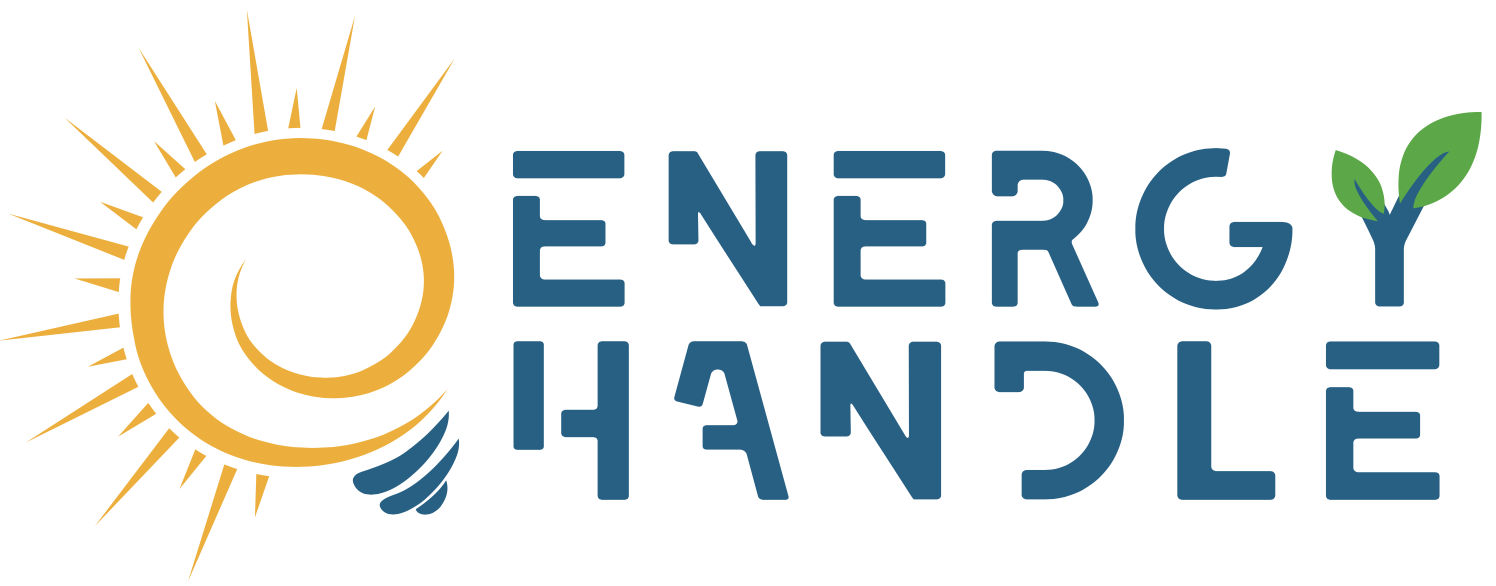Energy Handle changed its focus following the implementation of various organizational changes in 2020. It has three business units: the development department, EPC as well and power plants O&M. These three departments have been functioning independently, drawing upon their strengths whenever we need them. We inquired about how they set up their O&M company specifically. How can you make O&M an added-value service instead of an issue center?
At the beginning of solar power’s boom across Morocco. Some believed that solar energy plants could be a “maintenance-free, set it and forget it” asset. A few cleanings and weeding sessions, coupled with occasional inverter checks, may be enough to ensure optimal performance. And also operating cost reduction for the plant, without compromising function or succumbing to cutthroat competition.
This kind of laissez-faire attitude resulted in a decline in the equipment. The results of this negligence resulted in a unique business opportunity for businesses like ours. In order to restore older machines and bring them up to the standards of the industry. It’s not the sort of work we’d prefer to be doing. Thankfully, this approach is now largely out of fashion since the solar industry has grown. Also, the majority of people have realized the benefits of a long-term, strategic approach to maintenance and operations (O&M). Which doesn’t compromise plant health to gain short-term benefits.
In the end, O&M is about two things. One is more evident while the other is less obvious.
The main function of O&M is to make sure that the equipment operates to its maximum potential. And ensure that it is operating without risk, all while staying within a sensible budget. A complete O&M program incorporates preventive, corrective, and predictive best practices to reduce downtime of the system. As well as improving the efficiency of your equipment, and maximizing its uptime. All of this is without the need for truck rolls, or putting more safety at risk.
How does O&M add value to solar power plants O&M?
Another major function of O&M isn’t as well-known as keeping the value of the asset to the highest value. To achieve this goal the most effective power plant O&M team performs the following:
- Maintains equipment in its intended operational state.
- Respects warranties by the manual of the manufacturer.
- Determines and addresses the root cause of failures and other issues.
- Analyzes issues in production.
- Repairs and replaces parts when required.
- Ensure that the records remain current and accurate.
This method is suitable for the owner who intends (for the moment) to hold the asset and wants to make sure they meet the power purchase agreement number and for the developer who is keen on selling the asset within the next few years after PTO.
When the owner decides to sell the facility and he has properly maintained the plant, a third-party auditor will evaluate the system’s condition and confirm its excellent state. If he ignores the maintenance of the facility, the same auditor will produce an exhaustive list of broken cables, mismatched connectors, and rusty combiner boxes, often overheating inverters that have reduced life expectancy, damaged modules, and other indicators of O&M neglect that can reduce the value of the sale to the low-cost lower levels.
It’s the same as buying a used car. If the owner has maintained the car and kept a complete log of all maintenance and repairs, he will get a better selling price than someone who has done a few things, such as changing the oil every few months, kept poor records, and usually drives the car into the ground.
O&M program
It’s OK to boast of having a robust O&M program however if you don’t have trained employees customers aren’t going to be happy. Our competitors continue to bring trucks to the job site for every little thing, which is something that amazes me. Or they’ll alert the problem with the attitude, “If it’s off, turn it back on,” instead of getting to the root of the problem and fixing it.
A well-organized power plants O&M team will only require one visit to the site ensuring that they get it right the first time, and then bringing the asset back on the road in a timely fashion.
When we create what we call a “pending work order” document the work items which aren’t important enough to warrant the truck to roll in by themselves are put together to be used when the following roll-out is scheduled. For instance, blinking notifications might be irritating however it’s not enough to make somebody drive to the site at a cost of hundreds of dollars per visit. It’s better to add it to the work that is in progress. The next time the team arrives, after they have identified the list of items that need fixing, they can review it. They combine these tasks into one visit.
We are also automating our calibration certificates as well as other processes to reduce the need for manual reports. Pre-built checklists list all the assets and then check them, what to do, and where to go. We integrate all pertinent notes into a smartphone app that allows our technicians to easily generate reports for the customer. Customers can also access an online view of their system through the network operation center. Power plants O&M is now becoming more digital by incorporating predictive capabilities. Based on simulation and modeling as well as the ever-growing amount of data on-field performance.
Power plants O&M
At all times, O&M remains a matter of making sure that the customer is content. I’ve observed that the majority of complaints from customers with their service provider originate from at least one of these items:
- Did you spot the issue in the first place?
- Did you correctly assign your team and reduce the amount of truck rolls?
- Did you address the issue the first time, or inform the customer that there is a larger issue to resolve?
- Did you file your report correctly?
While the top O&M providers check all of these boxes most of the time, they have room to improve.
Contact Energy Handle for more information

